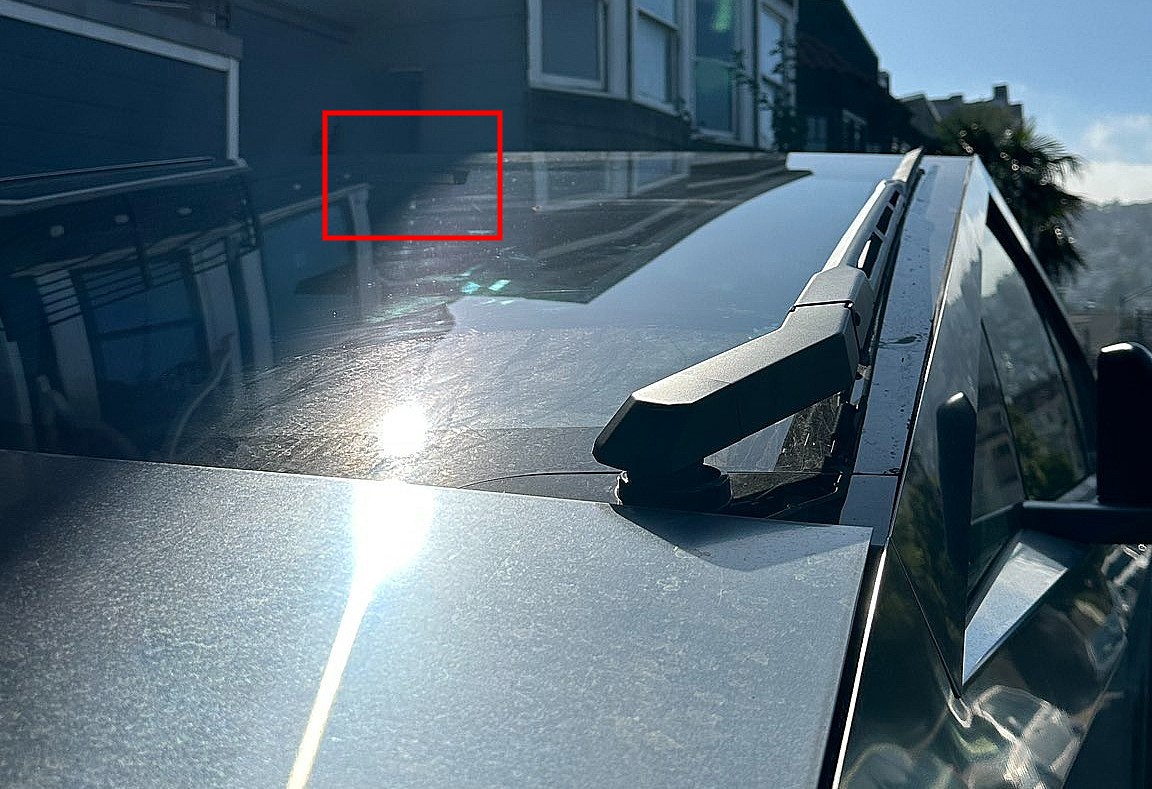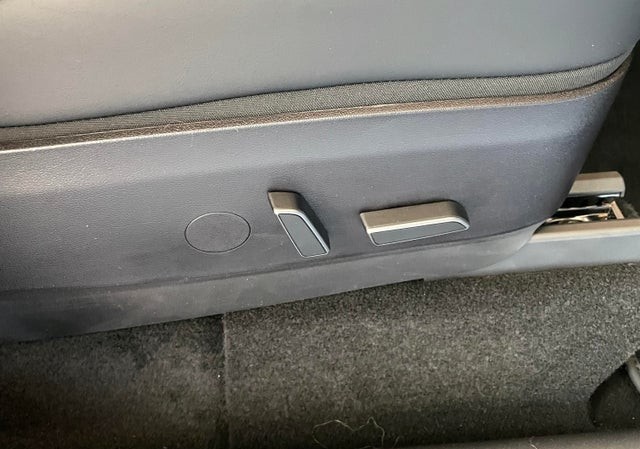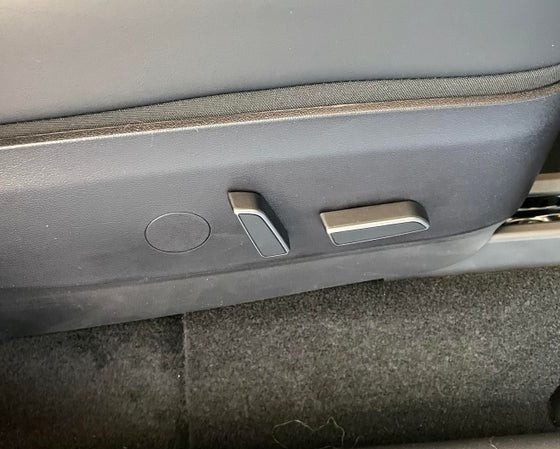This is a preview from our weekly newsletter. Each week I go ‘Beyond the News’ and handcraft a special edition that includes my thoughts on the biggest stories, why it matters, and how it could impact the future.
Tesla’s strong financial spreadsheet that has culminated in seven consecutive quarters of profitability has launched the electric car company into a more stable fiscal situation. For years, especially in my early days at Teslarati, I can remember the big narrative being Tesla’s Quarter-over-Quarter growth, but the fact that profitability wasn’t achieved very often made the company one of the more risky investments at the time.
Since then, Tesla has managed to work out a profitable quarter seven times in a row. Unbelievably, the company that has only been mass-producing vehicles since Summer 2017 is already a shoo-in for money-making quarters, at least that’s what it seems like. There never seems to be a glimmer of doubt when it comes to Tesla reporting strong financials. But, it became clear earlier this week that Tesla, despite having such strong financials quarter after quarter, isn’t willing to spend money on things that owners and customers don’t use. The company’s phase-out of the passenger lumbar support feature in the Model 3 and Model Y is a prime example of the way Tesla is simplifying its vehicles to improve profitability and margins, making their cars even more of a money-making machine than they were previously.
On May 31st, a tweet from @Ryanth3nerd showed his discontent for Tesla’s removal of the lumbar support option on the passenger’s seat. It was noticed by a Model Y owner on Reddit initially that the lumbar support option was removed from the side of the seat, only leaving the reclining option and seat adjustment levers for passenger adjustment.
“I really don’t like the direction @tesla is going raising prices of vehicles but removing features like lumbar for the Model Y. On top of rumors of FSD increase to $14k without any real added features to FSD unless you’re a beta tester,” the tweet said.
It is true that Model 3 and Model Y prices alike have increased in the past several months. This is likely due to the semiconductor or microcontroller shortage that has plagued much of the automotive industry for the past few quarters. Additionally, Musk said raw material costs are also affecting Tesla’s prices.
According to Musk, Tesla had a good reason for phasing out the lumbar support module, and it had to do with data usage logs that showed the lumbar support wasn’t utilized by passengers very often. In fact, it was used so infrequently that Tesla decided to scrap the module altogether in the 3 and Y.
“Moving lumbar was removed only in front passenger seat of 3/Y (obv not there in rear seats). Logs showed almost no usage. Not worth cost/mass for everyone when almost never used. Prices increasing due to major supply chain price pressure industry-wide. Raw materials especially.”
Moving lumbar was removed only in front passenger seat of 3/Y (obv not there in rear seats). Logs showed almost no usage. Not worth cost/mass for everyone when almost never used.
Prices increasing due to major supply chain price pressure industry-wide. Raw materials especially.
— Elon Musk (@elonmusk) May 31, 2021
Now, while this is a good point for Tesla to use as justification for their seat modification decisions, there are a few things that sort of confused me about the decision. First off, once a seat is adjusted, I think very few people want to change it. I know that when I get into a friend’s car, I rarely adjust the seat because that is probably the way their significant other prefers the seat to be set. As a driver in my own car, I know that I have only adjusted my seat on two or three occasions since I got it. Very rarely does it move, because the adjustments I made when I bought it were how I felt it was most comfortable, so I didn’t move it.
I think there could have been some confusion about whether the lumbar support is actually used, or whether it is a “set and forget” type of reasoning. I think many people find the way they like their seat, and it rarely changes over the course of the ownership experience.
While I doubt too many people will not buy a Tesla because they can’t adjust lumbar support, I think that there are some people who will look at it as a real disadvantage because there are plenty of people who need to utilize it for comfortability, especially if they have back problems. Nevertheless, it could be a temporary removal if enough people raise concerns to Musk via Twitter.
The biggest lesson here seems to be that Tesla’s use of data and analytics gives the company an extreme advantage when it comes to saving money on even the most trivial of parts. While Tesla will save some money from its recent decision to not equip Model 3 and Model Y cars with radar, the lumbar support removal also summarizes the company’s mission to take out what is not needed. Teslas are already so minimalistic as it is, and many people enjoy the lack of knobs and buttons on the interior. However, this is one knob that many owners may not be happy not having, but it remains to be seen if it saves Tesla’s enough money to justify keeping the feature left out from its two mass-market vehicles. -JK-
A big thanks to our long-time supporters and new subscribers! Thank you.
I use this newsletter to share my thoughts on what is going on in the Tesla world. If you want to talk to me directly, you can email me or reach me on Twitter. I don’t bite, be sure to reach out!
-Joey

News
Tesla aims to combat common Full Self-Driving problem with new patent
Tesla writes in the patent that its autonomous and semi-autonomous vehicles are heavily reliant on camera systems to navigate and interact with their environment.

Tesla is aiming to combat a common Full Self-Driving problem with a new patent.
One issue with Tesla’s vision-based approach is that sunlight glare can become a troublesome element of everyday travel. Full Self-Driving is certainly an amazing technology, but there are still things Tesla is aiming to figure out with its development.
Unfortunately, it is extremely difficult to get around this issue, and even humans need ways to combat it when they’re driving, as we commonly use sunglasses or sun visors to give us better visibility.
Cameras obviously do not have these ways to fight sunglare, but a new patent Tesla recently had published aims to fight this through a “glare shield.”
Tesla writes in the patent that its autonomous and semi-autonomous vehicles are heavily reliant on camera systems to navigate and interact with their environment.

The ability to see surroundings is crucial for accurate performance, and glare is one element of interference that has yet to be confronted.
Tesla described the patent, which will utilize “a textured surface composed of an array of micro-cones, or cone-shaped formations, which serve to scatter incident light in various directions, thereby reducing glare and improving camera vision.”

The patent was first spotted by Not a Tesla App.
The design of the micro-cones is the first element of the puzzle to fight the excess glare. The patent says they are “optimized in size, angle, and orientation to minimize Total Hemispherical Reflectance (THR) and reflection penalty, enhancing the camera’s ability to accurately interpret visual data.”
Additionally, there is an electromechanical system for dynamic orientation adjustment, which will allow the micro-cones to move based on the angle of external light sources.
This is not the only thing Tesla is mulling to resolve issues with sunlight glare, as it has also worked on two other ways to combat the problem. One thing the company has discussed is a direct photon count.
CEO Elon Musk said during the Q2 Earnings Call:
“We use an approach which is direct photon count. When you see a processed image, so the image that goes from the sort of photon counter — the silicon photon counter — that then goes through a digital signal processor or image signal processor, that’s normally what happens. And then the image that you see looks all washed out, because if you point the camera at the sun, the post-processing of the photon counting washes things out.”
Future Hardware iterations, like Hardware 5 and Hardware 6, could also integrate better solutions for the sunglare issue, such as neutral density filters or heated lenses, aiming to solve glare more effectively.
Elon Musk
Delaware Supreme Court reinstates Elon Musk’s 2018 Tesla CEO pay package
The unanimous decision criticized the prior total rescission as “improper and inequitable,” arguing that it left Musk uncompensated for six years of transformative leadership at Tesla.

The Delaware Supreme Court has overturned a lower court ruling, reinstating Elon Musk’s 2018 compensation package originally valued at $56 billion but now worth approximately $139 billion due to Tesla’s soaring stock price.
The unanimous decision criticized the prior total rescission as “improper and inequitable,” arguing that it left Musk uncompensated for six years of transformative leadership at Tesla. Musk quickly celebrated the outcome on X, stating that he felt “vindicated.” He also shared his gratitude to TSLA shareholders.
Delaware Supreme Court makes a decision
In a 49-page ruling Friday, the Delaware Supreme Court reversed Chancellor Kathaleen McCormick’s 2024 decision that voided the 2018 package over alleged board conflicts and inadequate shareholder disclosures. The high court acknowledged varying views on liability but agreed rescission was excessive, stating it “leaves Musk uncompensated for his time and efforts over a period of six years.”
The 2018 plan granted Musk options on about 304 million shares upon hitting aggressive milestones, all of which were achieved ahead of time. Shareholders overwhelmingly approved it initially in 2018 and ratified it once again in 2024 after the Delaware lower court struck it down. The case against Musk’s 2018 pay package was filed by plaintiff Richard Tornetta, who held just nine shares when the compensation plan was approved.
A hard-fought victory
As noted in a Reuters report, Tesla’s win avoids a potential $26 billion earnings hit from replacing the award at current prices. Tesla, now Texas-incorporated, had hedged with interim plans, including a November 2025 shareholder-approved package potentially worth $878 billion tied to Robotaxi and Optimus goals and other extremely aggressive operational milestones.
The saga surrounding Elon Musk’s 2018 pay package ultimately damaged Delaware’s corporate appeal, prompting a number of high-profile firms, such as Dropbox, Roblox, Trade Desk, and Coinbase, to follow Tesla’s exodus out of the state. What added more fuel to the issue was the fact that Tornetta’s legal team, following the lower court’s 2024 decision, demanded a fee request of more than $5.1 billion worth of TSLA stock, which was equal to an hourly rate of over $200,000.
Delaware Supreme Court Elon Musk 2018 Pay Package by Simon Alvarez
News
Tesla Cybercab tests are going on overdrive with production-ready units
Tesla is ramping its real-world tests of the Cybercab, with multiple sightings of the vehicle being reported across social media this week.

Tesla is ramping its real-world tests of the Cybercab, with multiple sightings of the autonomous two-seater being reported across social media this week. Based on videos of the vehicle that have been shared online, it appears that Cybercab tests are underway across multiple states.
Recent Cybercab sightings
Reports of Cybercab tests have ramped this week, with a vehicle that looked like a production-ready prototype being spotted at Apple’s Visitor Center in California. The vehicle in this sighting was interesting as it was equipped with a steering wheel. The vehicle also featured some changes to the design of its brake lights.
The Cybercab was also filmed testing at the Fremont factory’s test track, which also seemed to involve a vehicle that looked production-ready. This also seemed to be the case for a Cybercab that was spotted in Austin, Texas, which happened to be undergoing real-world tests. Overall, these sightings suggest that Cybercab testing is fully underway, and the vehicle is really moving towards production.
Production design all but finalized?
Recently, a near-production-ready Cybercab was showcased at Tesla’s Santana Row showroom in San Jose. The vehicle was equipped with frameless windows, dual windshield wipers, powered butterfly door struts, an extended front splitter, an updated lightbar, new wheel covers, and a license plate bracket. Interior updates include redesigned dash/door panels, refined seats with center cupholders, updated carpet, and what appeared to be improved legroom.
There seems to be a pretty good chance that the Cybercab’s design has been all but finalized, at least considering Elon Musk’s comments at the 2025 Annual Shareholder Meeting. During the event, Musk confirmed that the vehicle will enter production around April 2026, and its production targets will be quite ambitious.










